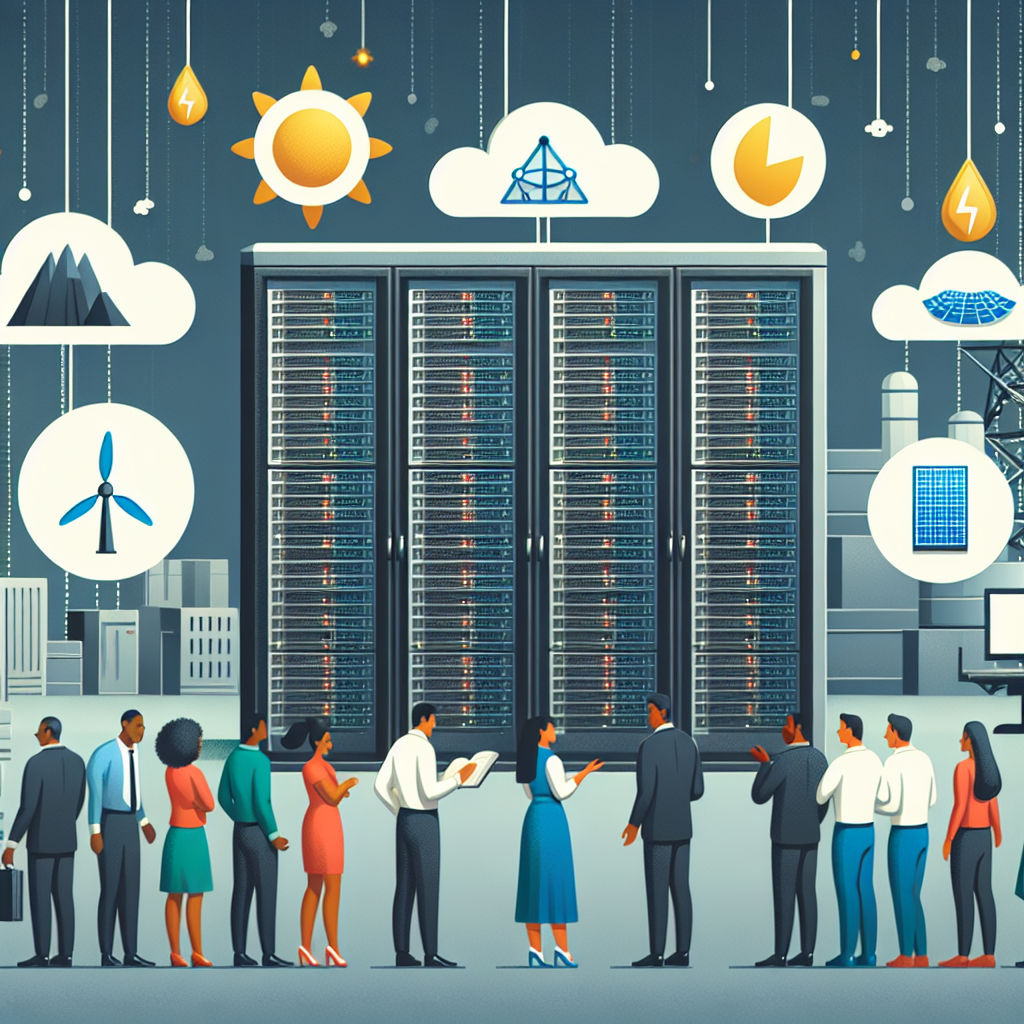Your cart is currently empty!
Evaluating Different Power Distribution Options for Data Centers

Data centers are essential for the functioning of businesses in today’s digital age. These facilities house the servers and equipment necessary to store and process data, allowing companies to operate efficiently and effectively. One crucial aspect of data center design is the power distribution system. Evaluating different power distribution options is vital to ensure that the data center operates reliably and efficiently.
There are several power distribution options available for data centers, each with its own advantages and disadvantages. Some of the common options include:
1. Centralized UPS system: In this setup, a centralized uninterruptible power supply (UPS) system is used to provide backup power to the entire data center. This system is reliable and efficient, but it can be expensive to implement and maintain.
2. Distributed UPS system: In a distributed UPS system, smaller UPS units are placed throughout the data center to provide backup power to specific equipment or racks. This setup is more flexible and cost-effective than a centralized system, but it may be less reliable in the event of a power outage.
3. Dual power feeds: Some data centers use dual power feeds, where equipment is connected to two separate power sources to ensure redundancy and reliability. This setup can be complex and costly, but it provides an extra layer of protection against power outages.
When evaluating different power distribution options for a data center, several factors should be considered. These include:
– Reliability: The power distribution system should be reliable to ensure that the data center operates smoothly and without interruptions. Redundancy and backup systems should be in place to minimize the risk of downtime.
– Scalability: The power distribution system should be scalable to accommodate future growth and expansion of the data center. It should be able to support additional equipment and increased power demand without requiring a complete overhaul of the system.
– Efficiency: The power distribution system should be efficient to minimize energy costs and reduce the environmental impact of the data center. Energy-efficient equipment and practices should be used to optimize power usage.
– Cost: The cost of implementing and maintaining the power distribution system should be taken into account. It is important to balance the upfront costs with the long-term benefits and savings of each option.
In conclusion, evaluating different power distribution options for data centers is crucial to ensure that the facility operates reliably and efficiently. By considering factors such as reliability, scalability, efficiency, and cost, data center operators can choose the best power distribution system for their needs. Investing in a robust and effective power distribution system will help to ensure the smooth operation of the data center and the continued success of the business.

Leave a Reply